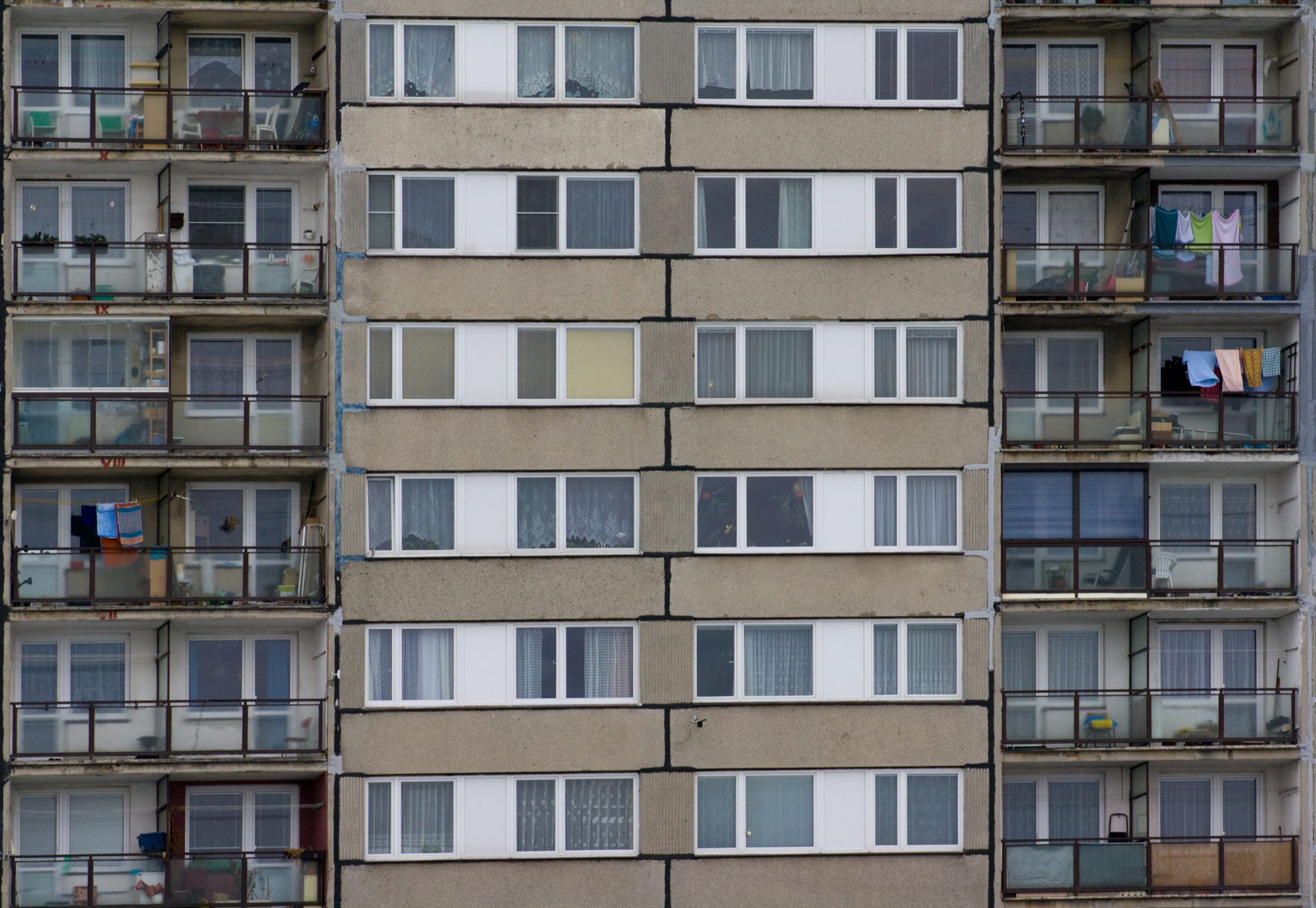The Big Issue revealed that at least 30,000 people in England have been on a social housing waiting list for over a decade. Right to Buy, demolitions, and lack of new properties by local authorities have led to a social housing crisis, explains Liberty Mallon
The social housing shortage has left many poorer households who should benefit from access to the social rented sector with no choice but to enter into unaffordable private tenancies – putting them at risk of homelessness due to skyrocketing rent prices.
According to the Office for National Statistics, private rental prices paid by tenants rose by 3.2% in the 12 months to July 2022 – the highest jump seen since records began in 2016 – and evictions from rented properties by bailiffs were up 39% between April and June 2022 compared with the previous quarter.
The cost of keeping a roof over their head is most people’s largest outgoing, and with private rents spiralling, it is getting increasingly more expensive. With eviction from a privately-rented home being one of the leading causes of homelessness, these rising costs could, therefore, push more people into poverty – particularly as the UK struggles with its worst cost of living crisis in decades.
Council housing availability has plummeted since the 1980s
Following the end of the Second World War, local authorities and housing associations built 4.4 million social homes in 35 years, averaging more than 126,000 a year. At the beginning of the 1970s, almost a third of homes across the UK were affordable social housing provided by local authorities.
The introduction of the Right to Buy scheme, which enabled council tenants to buy their homes for a significantly reduced price, was turbo-charged in 1980. Within five years, half a million council homes had been sold under the initiative in England alone.
Between Right to Buy sales, demolitions, and the later transfer of properties to housing associations, the availability of council housing has plummeted from almost seven million in the 1980s to two million. This has been combined with a growing population – from 56 million in 1980 to 67 million in 2022, increasing housing demand – and a lack of new properties being built.
For many years, political leaders have made moves in an attempt to increase the number of homes available to prevent skyrocketing prices. In the 2019 Conservative manifesto, the government set a target to build 300,000 new homes annually by the mid-2020s.
340,000 homes need to be constructed annually until 2031 to meet UK’s housing demands
However, research carried out on behalf of the National Housing Federation, and Crisis shows 340,000 homes, 145,000 of which must be affordable, need to be constructed annually until 2031 to meet the UK’s total housing need backlog of four million homes – significantly higher than government estimates.
Despite this, between April 2021 and March 2022, 37,164 new properties were built, according to Homes England – just 12% of the government’s target. In 2020, less than 7,000 social homes were constructed – 4% of the recommended amount required. If social housebuilding was sustained at its current level, it is estimated that it would take more than 180 years to house all 1.16 million households on the waiting list.
How can planning fix the social housing crisis?
Fixing a housing crisis that has its foundations in policy decisions going back decades is no easy feat. However, to increase the housing supply and, subsequently, address the backlog of housing need, experts believe a range of solutions is necessary – starting with building more properties.
While supply can help address the problem, it is not the be-all and end-all. Getting a housing scheme through planning can prove problematic, particularly as local politics doesn’t account for long-term build programmes as councillors are voted in on the short-term.
Work on building a house for a 15-year-old for when they reach adulthood, for example, needs to start now. It can take three to five years for a site to be found, contracts exchanged, due diligence undertaken, funding granted, planning permission secured, the property built, and those on the waiting list to be selected.
An effective planning system enables developers and social housing providers to bring projects forward. Helping to build the case for the scheme’s need to influence and convince local authorities it needs to be approved is essential. However, it is important decision-makers take the crisis seriously.
Too often, we see councillors agreeing there is a need for affordable housing, but when applications are brought forward to build new affordable developments, they can often get rejected. The evidence that there is a chronic shortage of social homes in the UK is overwhelming, and permission needs to be granted to address the housing emergency.
When it comes to housing, resolving the issues in planning needs to be a top priority, even if it means making unpopular decisions. As we head towards a predicted recession, this will prove more important than ever.
‘Homelessness is a scourge supported by a system of housing provisions that are complex and cumbersome’
Denis Tully, CEO at Emmanuel House Support Centre, a homelessness charity in Nottingham, said: “Homelessness is a scourge supported by a system of housing provision that Mallon identifies as complex and cumbersome.
“It cannot be right that the provision of a home, which has such a profound effect on achieving and maintaining wellbeing, is stuck in what amounts to systemic reticence.
“Mallon is absolutely correct that planning is a top priority to contribute to speeding up housing provision. Nobody loses when a person or a family can access a secure home.”














